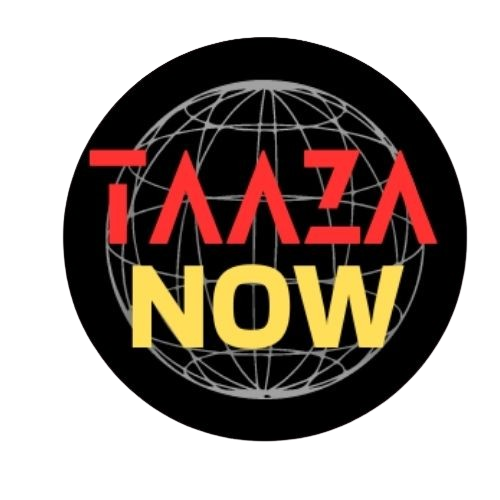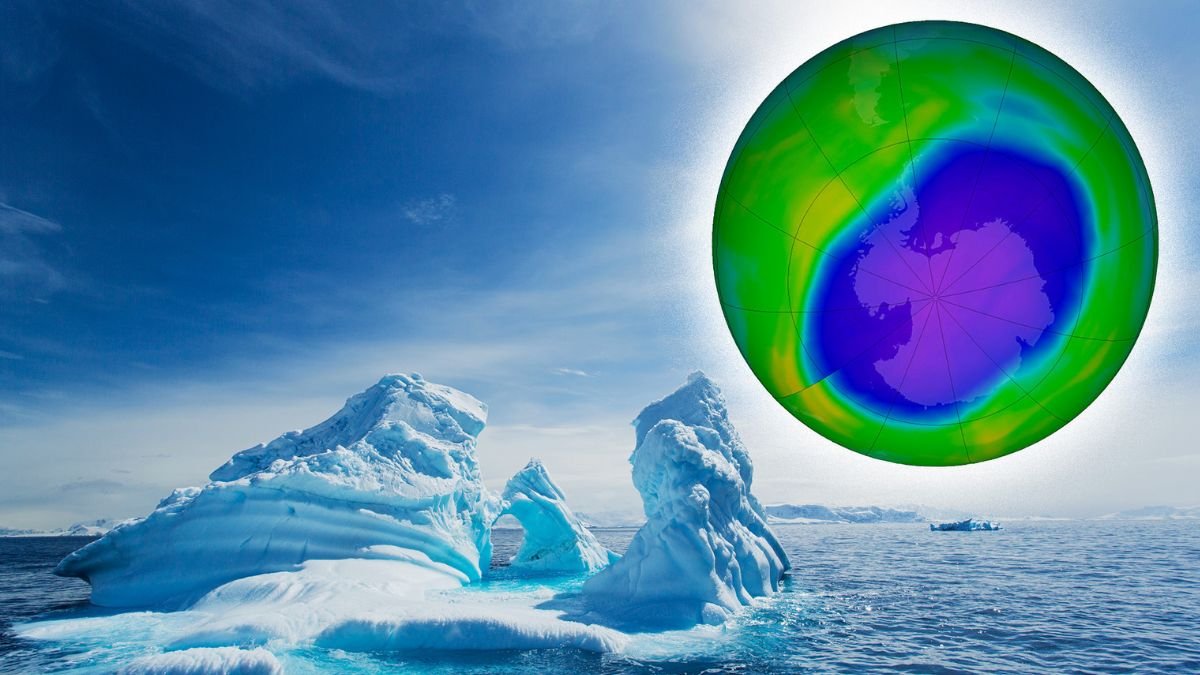Every year, Ozone Day reminds us of the fragile shield that protects life on Earth — the ozone layer. While environmental news often highlights floods, heatwaves, and deforestation, this year’s Ozone Day 2024 brought an uplifting update: the ozone layer is on track to recover to 1980s levels by mid-century, according to the World Meteorological Organisation (WMO). This milestone shows that determined global action can make a real difference.
For students and young citizens, Ozone Day is more than a calendar event. It is a living lesson in science, policy, and environmental stewardship, offering insights that go far beyond textbooks.
Science Can Warn and Heal
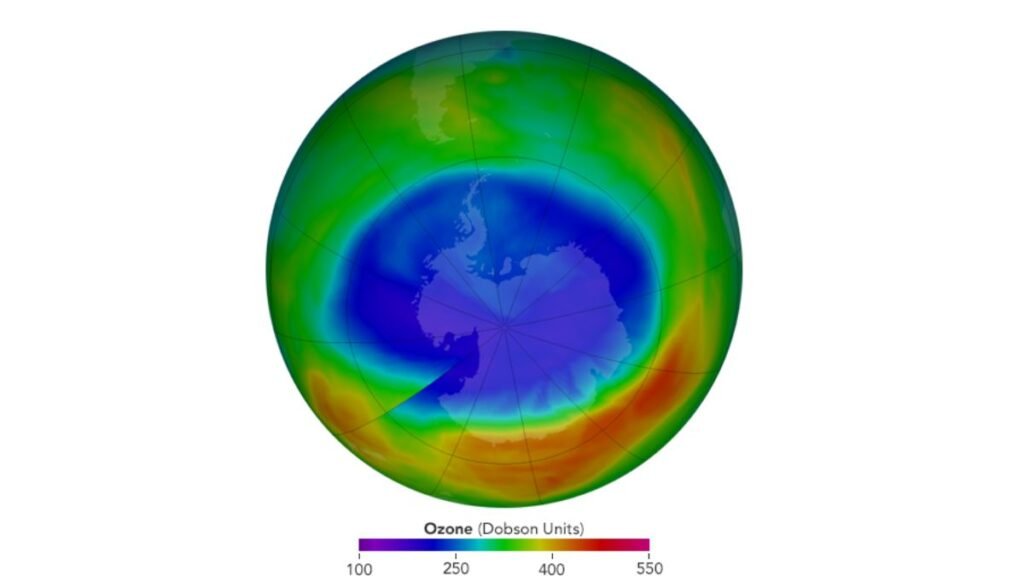
The ozone layer crisis did not resolve overnight. In the 1970s and 1980s, scientists discovered that chlorofluorocarbons (CFCs), widely used in refrigerators, air conditioners, and sprays, were damaging the ozone layer. Their warnings were initially met with doubt, but persistent research and mounting evidence eventually led to worldwide attention.
This year’s Ozone Day underscores an essential truth: science can diagnose problems and provide solutions. Students observing this journey learn that well-researched data and careful experiments are critical in shaping policies that protect our planet.
The Montreal Protocol: A Lesson in Cooperation
One of the shining examples celebrated on Ozone Day is the Montreal Protocol, adopted in 1987. Unlike today’s often divisive climate debates, this agreement united countries to phase out substances that deplete the ozone layer. Over 99% of harmful chemicals have now been eliminated under this protocol.
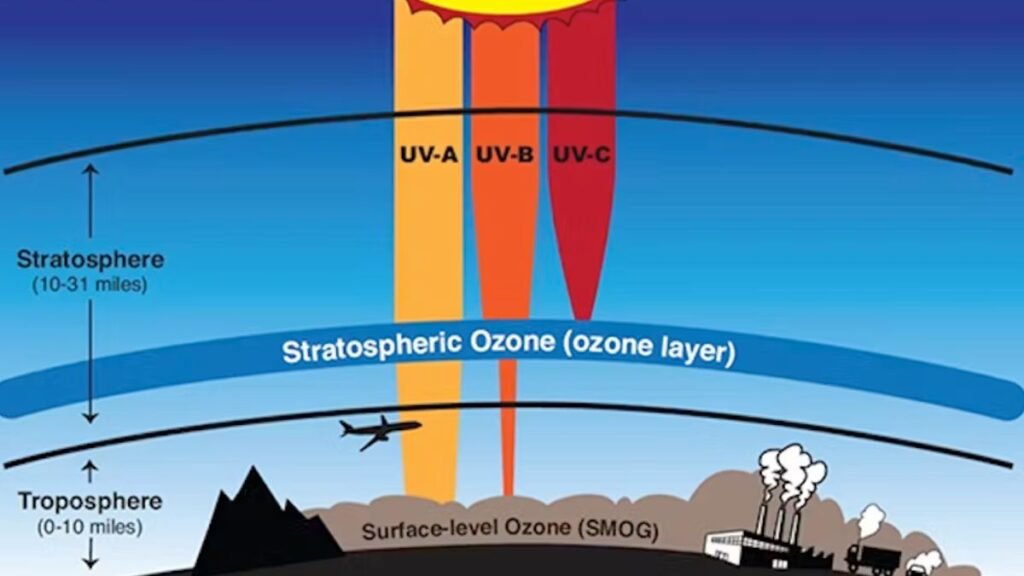
For students studying governance and global affairs, Ozone Day offers a concrete example of international collaboration achieving real results. It shows that when nations commit to a shared goal, the outcome can be transformative — offering lessons for tackling climate change, plastic pollution, and other global challenges.
Also Read – Euro Pratik Sales IPO GMP Today: Check Subscription, Allotment & Listing Updates
Progress is Fragile
While the news this Ozone Day is encouraging, the path to recovery remains delicate. In 2024, the Antarctic ozone hole, though smaller than in previous years, still reached a deficit of 46.1 million tonnes at its peak. Scientists warn that replacements for phased-out chemicals could create new environmental concerns if not monitored carefully.
This is a key takeaway for students: Ozone Day reminds us that victories in environmental protection are never permanent. Continuous vigilance, adaptation, and accountability are essential to sustain progress.
Human Health Benefits

The ozone layer shields life on Earth from harmful ultraviolet (UV) radiation. When it was depleted, concerns arose about rising skin cancer rates, cataracts, and crop damage. The recovery, celebrated each Ozone Day, is therefore not only an environmental triumph but a public health victory as well.
Students studying biology, medicine, or public health can observe the direct link between atmospheric science and human well-being. Ozone Day is a vivid reminder that protecting the environment safeguards people, too.
Climate and Ozone: Connected Challenges
Interestingly, the Montreal Protocol also helped limit certain greenhouse gases, reducing some climate change effects. Yet, the relationship between ozone and climate is complex. Natural events such as volcanic eruptions can temporarily affect ozone levels, highlighting the interconnectedness of environmental systems.
Also Read – IPO Urban Company IPO Allotment Status: Urban Company IPO Listing Tomorrow, What Investors Should Know
On Ozone Day, students can learn that solving one environmental problem often influences others. Interdisciplinary thinking — combining science, policy, and social awareness — is essential to understand and address these challenges effectively.
Youth Engagement Matters
The healing of the ozone layer is a celebration, but it is also a call to action. Young people, especially students, play a vital role in sustaining environmental progress. The lessons of Ozone Day show that activism, innovation, and global cooperation can produce meaningful outcomes.
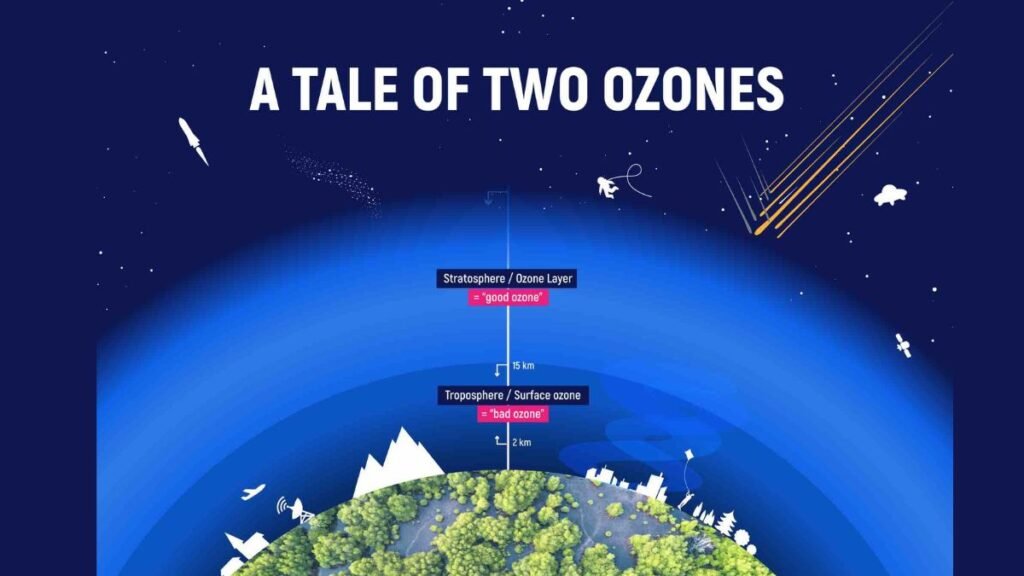
Students today are inheriting both the successes and the responsibilities of past generations. By engaging in environmental initiatives, they can apply lessons from the ozone recovery to broader issues like climate change and biodiversity loss.
A Story of Hope and Responsibility
By mid-century, the ozone layer is expected to return to its 1980s levels — a victory scripted by scientists, diplomats, and policymakers who acted before it was too late. This Ozone Day, students are encouraged to see beyond celebration; it is also a reminder that maintaining progress requires persistence.
Every Ozone Day teaches that science-informed action, combined with international cooperation, can achieve remarkable outcomes. For students, the ozone story emphasizes that progress is possible, but only if they remain vigilant, demand accountability, and stay engaged in environmental stewardship.
Taazanow.com- Click Here
